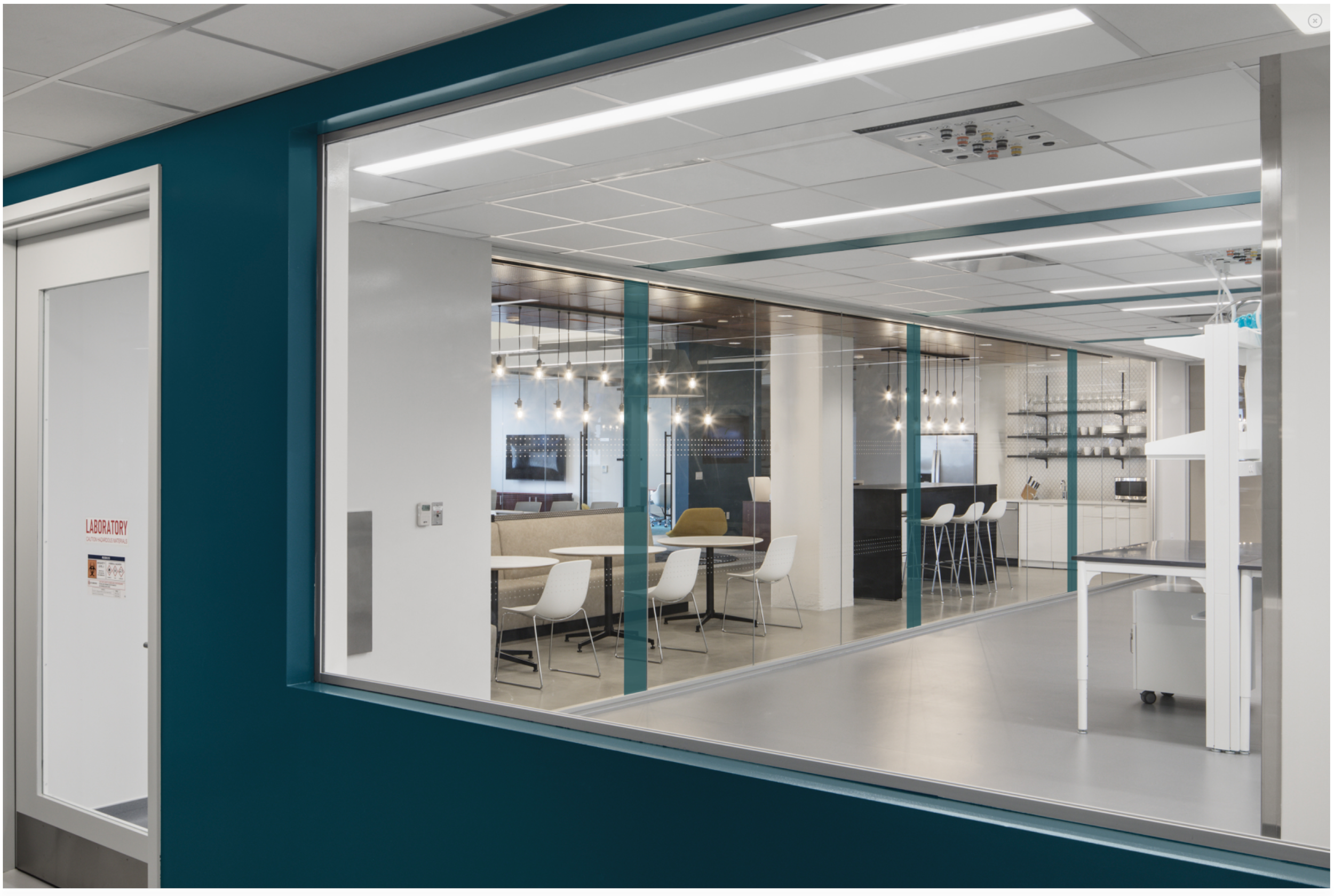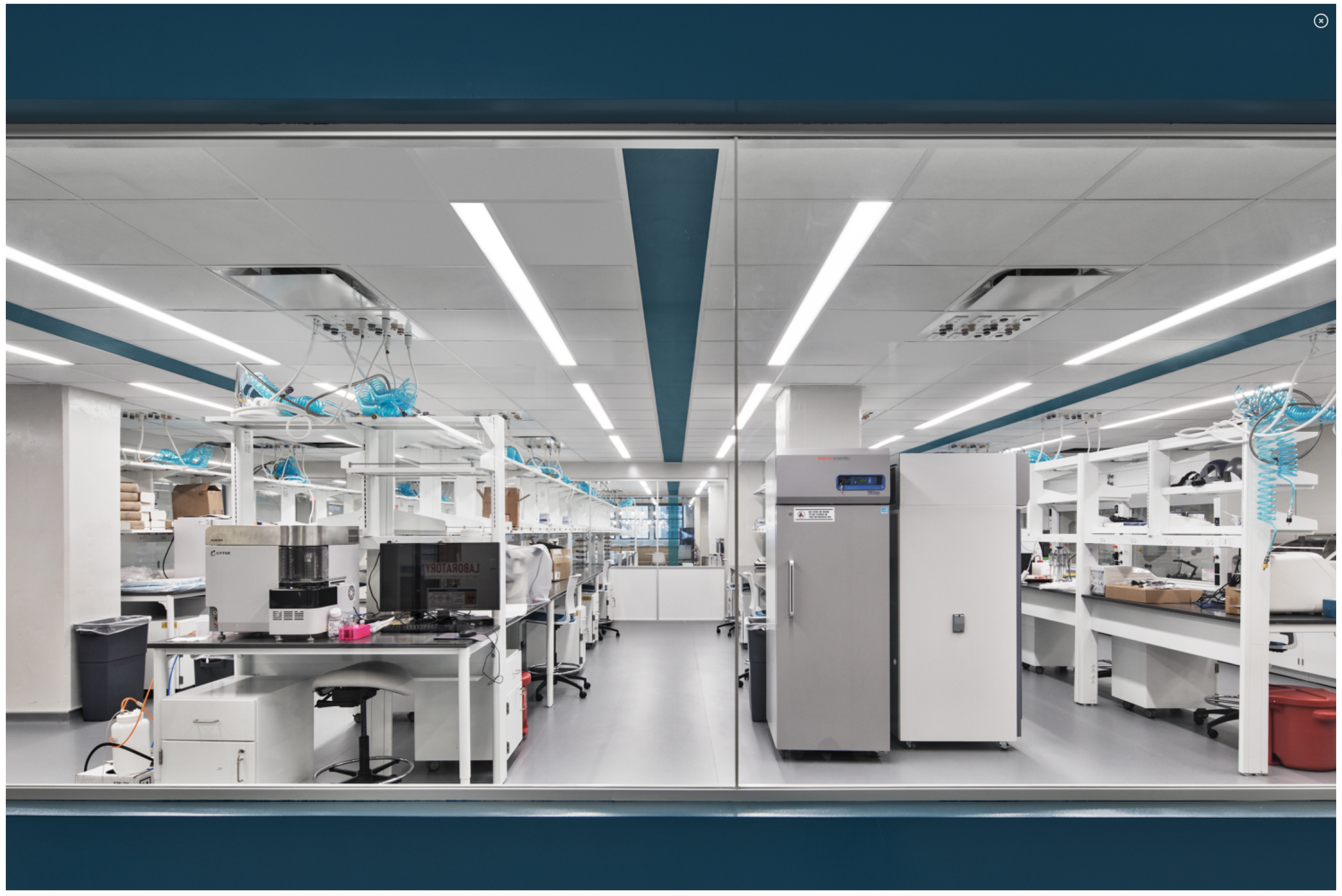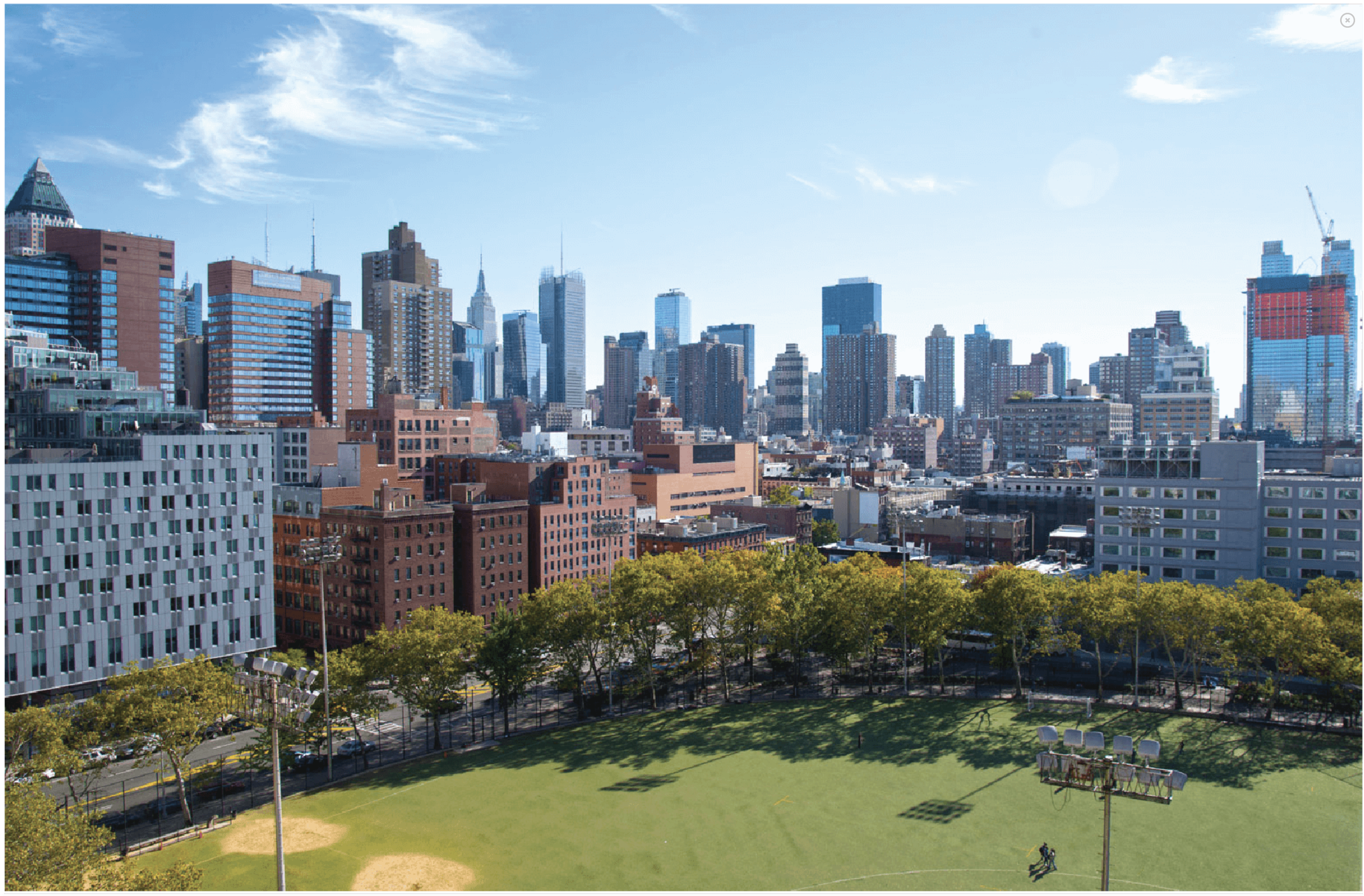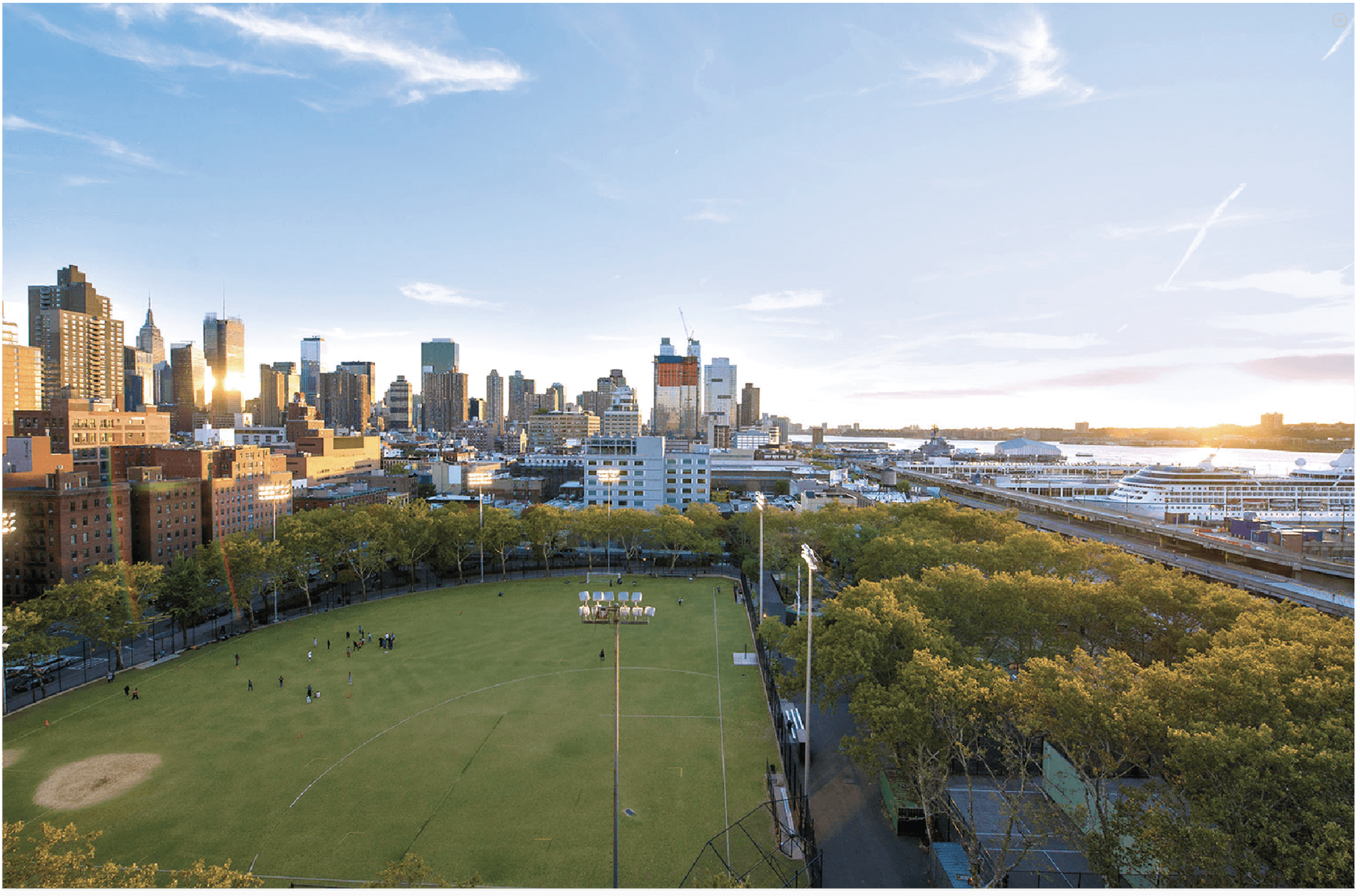Modeling Principles of Circuit Assembly and Network Function with Brain Organoids
THE VICTOR LAB
ICAHN SCHOOL OF MEDICINE AT MOUNT SINAI
619 West 54th Street, New York NY
Our science.
Neuronal Activity as an Instructive or destructive Force in Brain Development and Disease.
We study molecular mechanisms that are critical for the assembly and function of neural networks. We believe that elucidating programs that establish the organization of neural circuits across the developing brain will help us to not only reveal the fundamental principles governing the organization and function of the adult brain, but also to understand the physiological basis of aberrant functional brain networks in disease. To study neuronal network assembly, remodeling and degeneration, our group leverages genetic and molecular tools to observe, record, and manipulate neuronal activity while deriving stem-cell based models of the human brain.
Induced pluripotent stem cells (iPSCs) forced to grow in suspension and patterned by the addition of morphogens and growth factors to become neural cells, develop into three-dimensional (3D) pea-sized structures known as brain organoids. These structures give rise to a diverse population of excitatory and inhibitory neurons, and with pro-longed culture times also to the emergence of glial cells. Increasing the complexity of culturing conditions allows for investigating multicellular interactions, and therefore brain organoids have become a sophisticated tool in modeling the brain in a dish.
Instructive Force in Development.
Brain organoids exhibit spontaneous neuronal activity, but how these activity patterns change with their progressive maturation and increased cellularity is poorly understood. More importantly, brain organoids lack sensory-driven inputs and therefore can serve as a reductionist approach to model the contributions of distinct activity patterns, which can be delivered exogenously via electrical stimulation or optogenetics, to the physiological properties of neurons and their circuits. Through this line of work we aim to decipher how early patterns of neuronal activity instruct the organization of the developing cortex. This arm of our lab which is focused on developmental programs is also complemented by orthogonal in vivo approaches using transgenic mice to manipulate the neural substrates that give rise to distinct patterns of spontaneous activity during development to define their contribution to the cytoarchitecture and function of the adult cerebral cortex.
destructive Force in Disease.
Although neuronal activity can be a critical instructive cue during brain development, disturbances to the rhythmic activity of neuronal networks are also implicated in many late-onset neurological diseases, including Alzheimer’s disease (AD). Altered network activity can be detected decades before the onset of clinical symptoms in AD patients, suggesting that it may be an early pathogenic event. While non-neuronal cells such as microglia, astrocytes and oligodendrocytes are intricately involved in sculpting and modulating neuronal circuits, our understanding of the role of these cells in response to network-level deficits in AD remains unclear. We are particularly interested in dissecting the cause-effect relationship between neuronal network disturbances and perturbations in glial function observed in AD. Our group employs post-mortem human tissue samples, 3D stem cell technologies, CRISPR-based tools, and mouse models to elucidate the molecular, cellular, and systems-level consequences of neuron-glia dysfunction in neurodegeneration.

The Victor lab is housed at the Hudson research center on Manhattan’s West Side.
Mount Sinai’s West Side Campus is part of a new state of the art research hub with a full suite of service cores (iPS Core, Microscopy Core, Sequencing Core, Metabolomics Core, Animal Facility) and to boot a 120,000 sqf rooftop with views of the Hudson River. Not to mention our strategic proximity to our downstairs neighbors, the New York Stem Cell Foundation (NYSCF).
Learn more








Mat VIctor
Assistant Professor, Icahn School of Medicine at Mount Sinai
HHMI Hanna H. Gray Faculty Fellow
Department of Neuroscience
Department of Cell, Developmental and Regenerative Biology
Institute for Regenerative Medicine
Ronald M. Loeb Center for Alzheimer's Disease
Friedman Brain Institute
Selected Publications
N Sun*, MB Victor*, YP Park, X Xiong… Human Microglia State Dynamics in Alzheimer’s Disease Progression. Cell, 2023
MB Victor, N Leary, X Luna, HS Meharena… Lipid accumulation induced by APOE4 impairs microglial surveillance of neuronal-network activity. Cell Stem Cell, 2022
MB Victor, M Richner, HE Olsen, SW Lee… Striatal neurons directly converted from Huntington’s disease patient fibroblasts recapitulate age-associated disease phenotypes. Nature Neuroscience, 2018
MB Victor, M Richner, TO Hermanstyne, JL Ransdell… Generation of human striatal neurons by microRNA-dependent direct conversion of fibroblasts. Neuron, 2014
For a full list of our published work
We are grateful for the generous funding that powers our discoveries:



